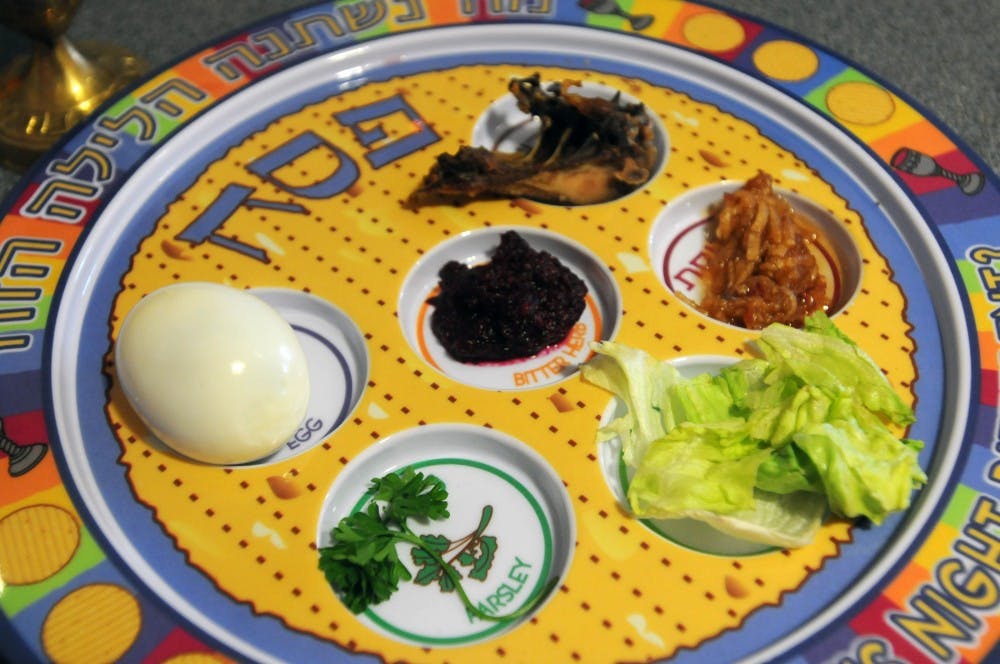By Rabbi Benzion Shemtov
Shemtov is director of the director of Chabad Student Center at Michigan State.

By Rabbi Benzion Shemtov
Shemtov is director of the director of Chabad Student Center at Michigan State.
Have you followed the #bagelgate scandal? At 6:03 p.m. March 25, Alek Krautmann (@alekKrautman) from St. Louis, tweeted a photo captioned, “Today I introduced my coworkers to the St Louis secret of ordering bagels bread sliced. It was a hit!”
Oy vey! Twitter erupted with protest! Bread-sliced bagels? It’s a shanda.
I think that in protest we should all give up bagels for nine days. Let’s do it April 19-27. Are you in?
Truth is, what’s so terrible about slicing bagels like bread? The bagel has come so far along, why not take it one step further? Well, no. There’s just certain things you don’t do to a bagel. At some point, it’s not a bagel anymore.
So how about a St. Louis-style Seder?
On Friday, hundreds of thousands of Jews around the world will be sitting down to a Passover Seder celebrating our freedom from slavery 3,331 years ago.
Seder means order. There are 15 steps to this “order,” which has been arranged in its current format some 2,500 years ago. They include drinking four cups of wine or grape juice, dipping in salt water, breaking bread, or matzah, retelling the story of slavery and freedom, asking four questions, eating a meal, setting a Seder plate with the specific ritual foods and, of course, Uncle Max falling asleep in his soup.
The Seder has definitely evolved since the first Seder in Egypt. Even the famous, universal, four questions (Why do we dip? Why do we eat matzah? Why do we eat bitter herbs? And why do we recline?) have been downsized from five after we no longer ate the roasted lamb Passover night.
But amazingly, the format of the Seder and the Haggadah is pretty universal in structure once it was formalized in the time of the second temple.
True, the text in the Haggadah is supposed to be used as a springboard for unscripted, further discussion, but we don’t mess with the actual original text. This is what unites us as a people! As a family. As one.
So what are some of the fundamentals of the Seder? Here’s a partial list:
It has to take place the night of Passover, April 19-20.
It’s got to be kosher for Passover food.
We should eat at least 1 ounce of matzah itself (no spreads, no salt) within seven minutes. Preferably, the handmade, shmurah matzah.
We drink four cups of wine (each containing at least 3.5 ounces).
We should try to experience our own freedom from slavery.
We tell the story to our children, our friends and to ourselves.
Support student media! Please consider donating to The State News and help fund the future of journalism.
It’s tempting to start and finish the Seder early, but what’s the rush? It takes some time to experience true freedom. We have family and friends to connect with. We have 3,331 years of Jewish history to recall and experience!
Wishing you a very happy and kosher Passover, may we all experience true freedom from all the challenges that surround us.